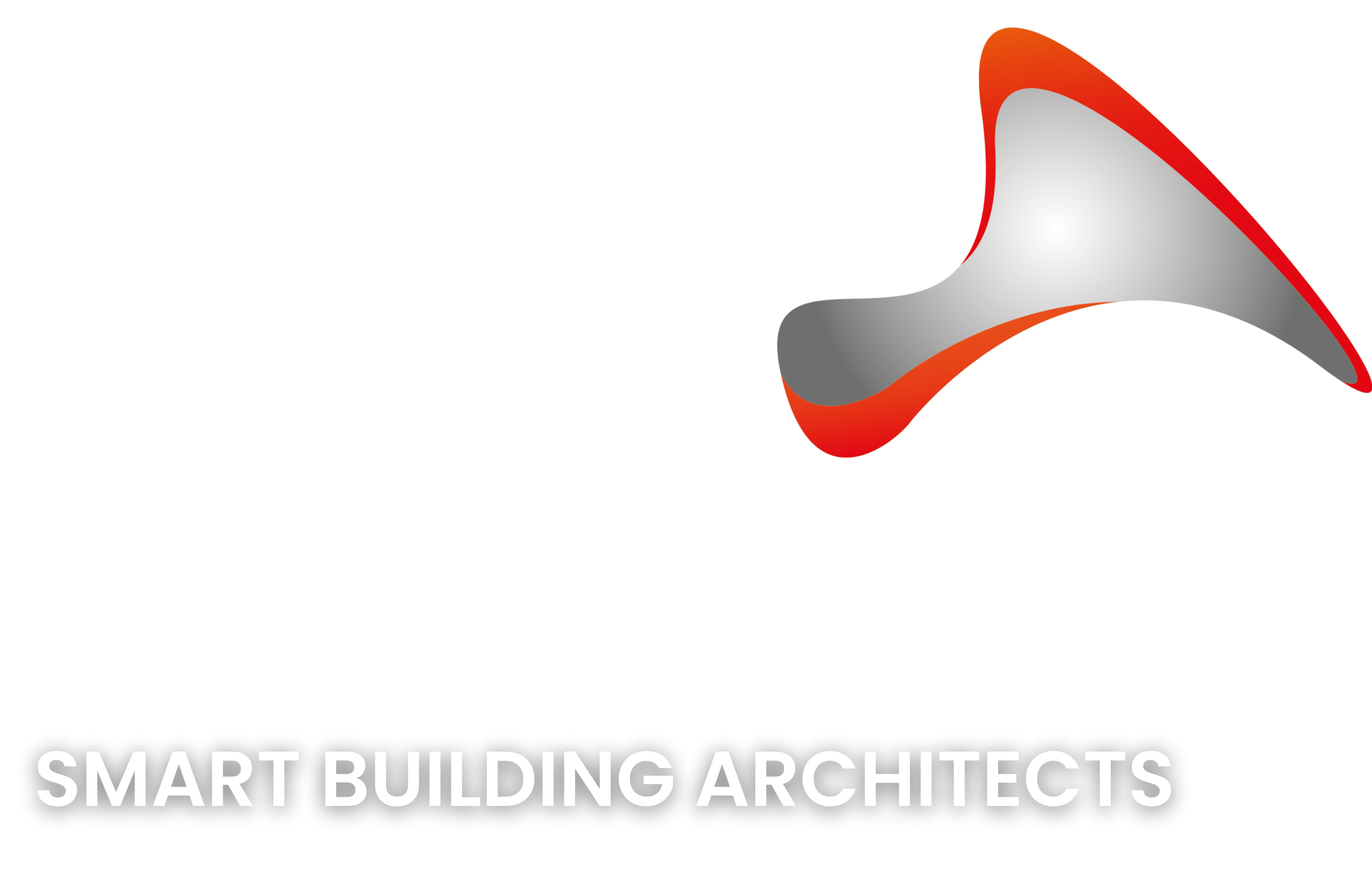There’s no denying that the well-executed integration of a company’s business and operational data is critical to their digital transformation success. There’s also no denying that the concept of IT and OT convergence within a Smart Building is something which goes far beyond technology as it unveils a requirement for a holistic change-effort. Something that must be completed at organisational level. From teams and process change to insightful data governance, and finding new ways of collaborating across the business. So, with that in mind, how can executives ensure execution excellence and added value as a result?
Like anything the devil is in the detail and the planning process is absolutely key. Companies who prioritise the well-planned integration of their IT-systems within their Smart Building will see better results from their overall digitalization efforts. Companies which don’t, on the other hand, will struggle to ever make a return on their digital investments.
So, how can a company move into the group of IT-OT integration “Champions” and steer clear of the risks which come with the—widespread—”just build and the value will come” fallacy?
Here we explore 5x key management considerations that we’ve used across many of our client projects to achieve digital transformation success:
- Describe the change you’d like to see – If data and insights are to create any value, they must influence people and systems’ behaviour. So, make sure you start your convergence project with that in mind. Be very clear about how your company’s digitalization and the integration of IT and OT data will create value for your business. Then, use this clarity to specify the actions you expect the effort to drive.
- Embrace OT & all its chaos! – While IT apps are almost always standardised across a business, OT solutions rarely are. Most businesses use a multitude of vendors and versions—sometimes even within a single site. The key however is to embrace the chaos and not fight it, even if the idea of sorting through it all is very tempting. From our experience, efforts to “sort” through are not only cost-intensive but time-indulgent. Sure, reducing the number of vendors will benefit supply chains and make skill-building easier. But the necessary reduction projects can take years to complete and so the landscape will remain fragmented over that period.
- Build trust through a “trusted data layer” – Besides its fragmented nature, OT comes with another characteristic you’ll have to manage—”time-series data.” It’s a critical piece of every IT-OT-integration effort, and a kind of data which is different from data commonly found in business IT systems. It’s also time-variable, which causes a few more complications. The best way to overcome this is to create a “trusted data layer” where manager feed all OT “historian” data into an analytical framework. There, algorithms will enrich it with contextual metadata while also handling some essential data quality management. If configured correctly, this layer also enables data-chain governance (i.e., governance from the sensor to automation controls) and monitoring plus support functionality.
- Drive action with analytics and alerts – Once your trusted data layer is in place, you can start to add “action drivers” to it, i.e. analytics, visualizations, and alerts, which help your operation experts to find and fix incidents or issues quickly. Remember: the IT-OT integration is merely the means—not the end, meaning: You must ensure the technology feeds back into human and systems behaviour. Our recommendation here is to integrate your IT-OT solution back into IT-led work- and asset-management-solutions, so your IT experts can optimise workflows and interventions.
- Work on your internal culture – Once you have your architecture and infrastructure planned out, it’s time to turn to the most important component for IT-OT of convergence success: your people. If you’re planning to implement a new IT/OT convergence project to meet your smart building goals, the discussion shouldn’t just about the blending of technologies, but of teams and processes. Let’s face it, different people with different mindsets work on different things. And more often than not, different kinds of people manage IT systems to those who manage OT. Overcoming this cultural divide is quite possibly the hardest hurdle to overcome in your convergence project but when handled correctly, it can pay you dividends.
Keen to find out more about digital transformation success? Why not get in touch.




